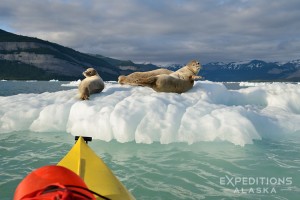Lakina River Packrafting Trip
September 10th, 2013 by Carl D
Hey Folks,
Big, big fun .. HUGE fun at the end of a recent (and very soggy) hiking trip, from the Kennicott Glacier, up hidden Creek, over the pass and down to the Lakina River. At the end of the trip, the clients flew back to McCarthy for a hot shower and dinner, while I met up with Jule (fellow guide and cook extraordinaire for our Grizzlies in the Fall Photo Tour) and 2 other folks for a packrafting adventure down the Lakina River. At high water, the river runs a solid Class II, III and a couple of III+ rapids. We bombed down the river in about 5 hours, including a couple of quick stops for bodacious snacks, bathroom breaks, etc.
Just a few moments of this made it onto my video camera, so I edited them together for this little Packrafting Trip video teaser. More info and trip details to come, but for now, enjoy the clip, and read up about Alaska Packrafting Trips – you’ll be wanting to come on a packrafting trip before you know it. Great fun stuff!
Cheers
Carl












